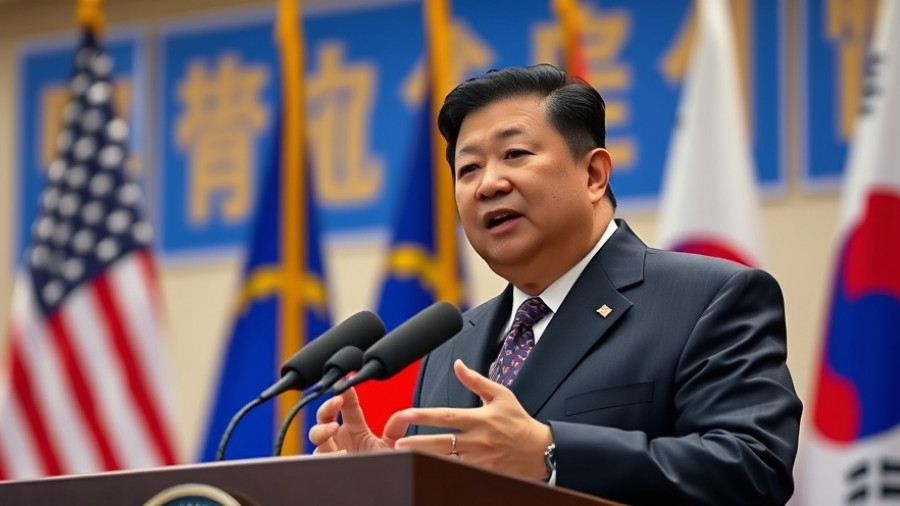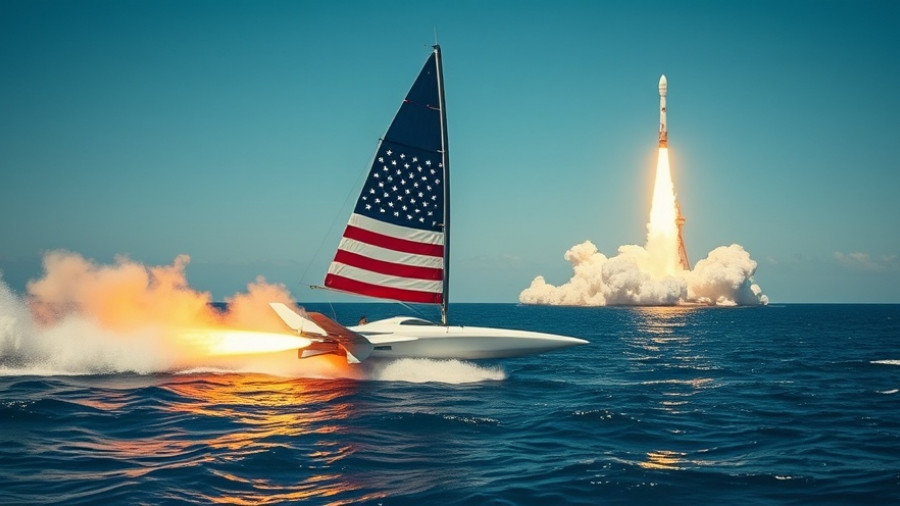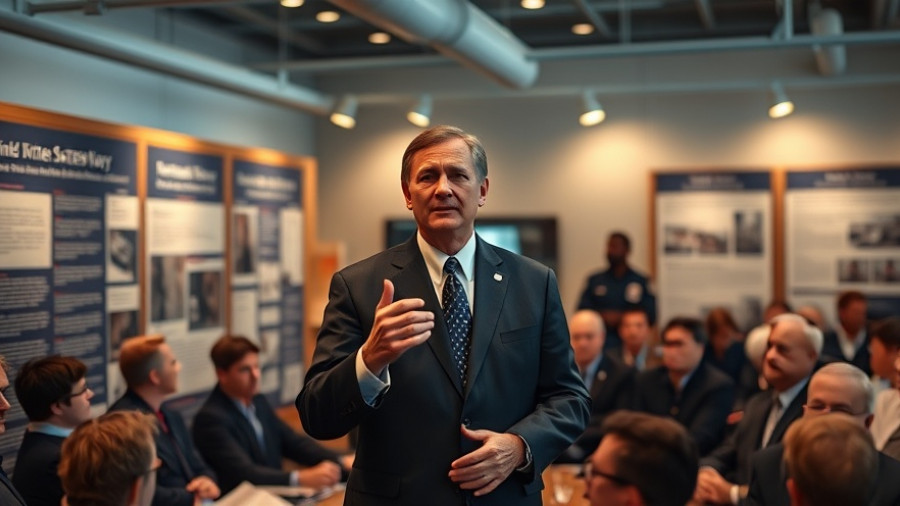
Marine Corps Celebrates Major Milestone with MQ-9A Reaper
In a significant achievement for military aviation, the U.S. Marine Corps has received its final MQ-9A Reaper Block 5 Extended Range (ER) Uncrewed Aircraft System (UAS) from General Atomics Aeronautical Systems. This delivery, which took place in June 2025, marks the end of a rapid acquisition initiative that successfully concluded with 18 operational units delivered, solidifying the Marine Corps' operational readiness and capacity for modern warfare.
Strength in Collaboration: The Key to Rapid Delivery
The successful rollout of the MQ-9A was attributed to rigorous collaboration among the Marine Corps, industry partners, and the U.S. Air Force. According to Captain Dennis Monagle, program manager for Multi-Mission Tactical UAS (PMA-266), this program is a remarkable example of how cohesive teamwork can lead to nimble action in defense operations. Through these efforts, advanced capabilities were expedited to the fleet, showcasing that when aligned, involved parties can meet the demands of modern warfare.
Understanding the MQ-9A and its Impact on Military Operations
The MQ-9A Reaper is a versatile UAS that supports intelligence, surveillance, reconnaissance (ISR), and maritime domain awareness missions. Its arrival represents a significant shift in expeditionary capabilities for the Marine Corps, allowing operations in contested environments while adhering to the Force Design 2030 priorities. With features like the SkyTower II airborne network extension pod set to achieve Initial Operational Capability (IOC) later this year, the system will further enhance operational freedom across vast maritime domains.
Future Trends in Uncrewed Aircraft Systems
This successful delivery not only wraps up a major procurement endeavor but suggests a trend towards increased efficiency in military acquisitions through innovative technologies and streamlined processes. The expedited delivery of the MQ-9A could signal a wave of similarly rapid procurements as military needs evolve. As modern warfare continues to adapt, UAV systems like the MQ-9A are positioned to play a central role in future conflict strategies, emphasizing the importance of agility in military tactical options.
Conclusion: The Future of Marine Corps Aviation
As the Marine Corps integrates the MQ-9A Reaper into its strategic operations, we stand at the brink of a revolution in military technology. With enhanced capabilities at their disposal, Marines are better equipped for multi-faceted missions in an unpredictable global landscape. The partnership between the Marine Corps and industry partners, as demonstrated by this successful effort, lays a strong foundation for future advancements in defense systems.
Stay informed about the evolving strategies and technologies shaping our military future and witness how these changes impact our nation's safety.
 Add Row
Add Row  Add
Add 




Write A Comment